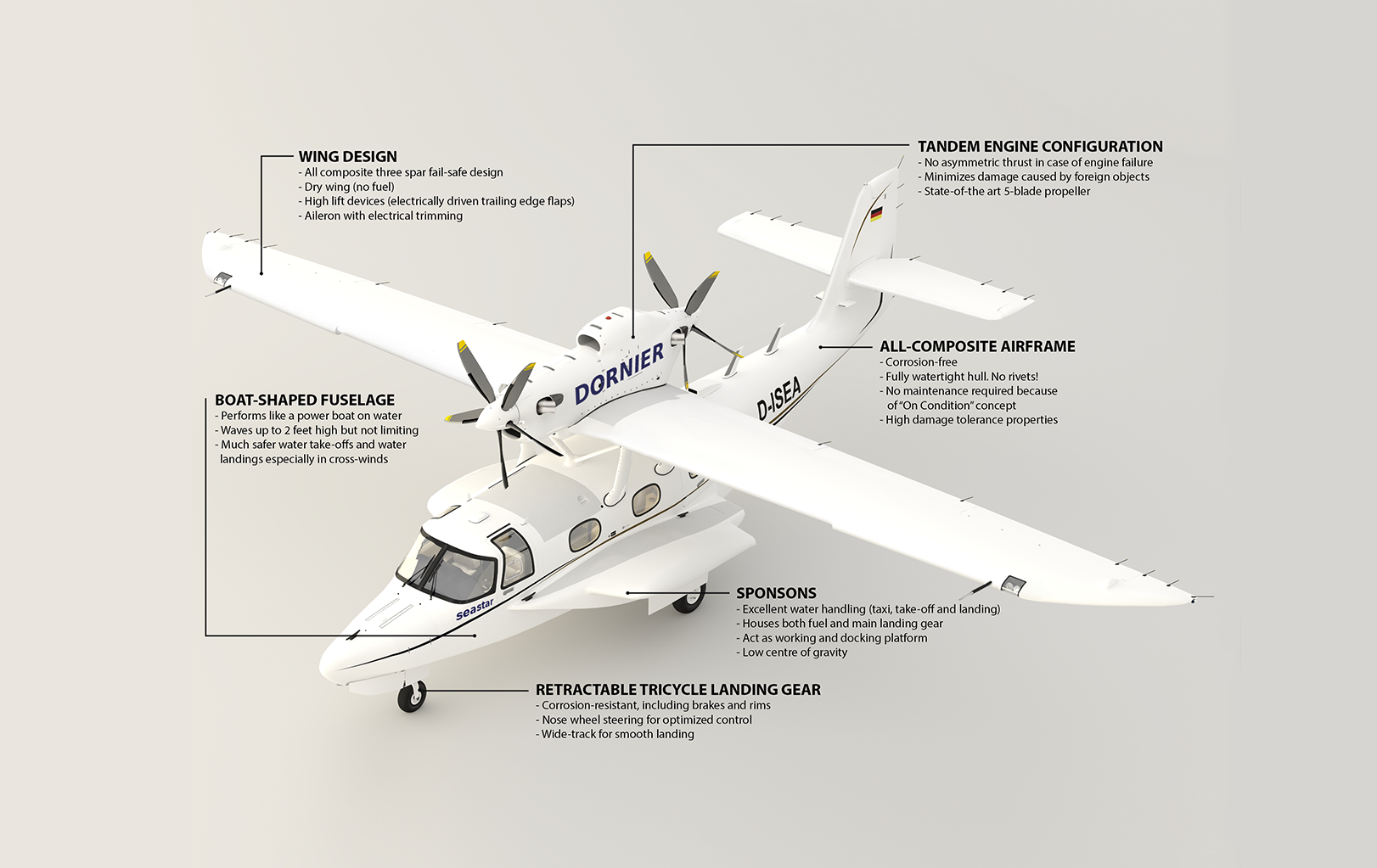- Joined
- 16 April 2008
- Messages
- 8,408
- Reaction score
- 10,378
So, apparently the Catalina Aircraft Trust have announced a desire (I won't call it a plan) to build new production Catalinas for the civil and military markets under the name Catalina II or Next Generation Amphibious Aircraft. The new aircraft would be turboprop aircraft but would operate under the original post-war Catalina 28-5ACF commercial airworthiness certificate.
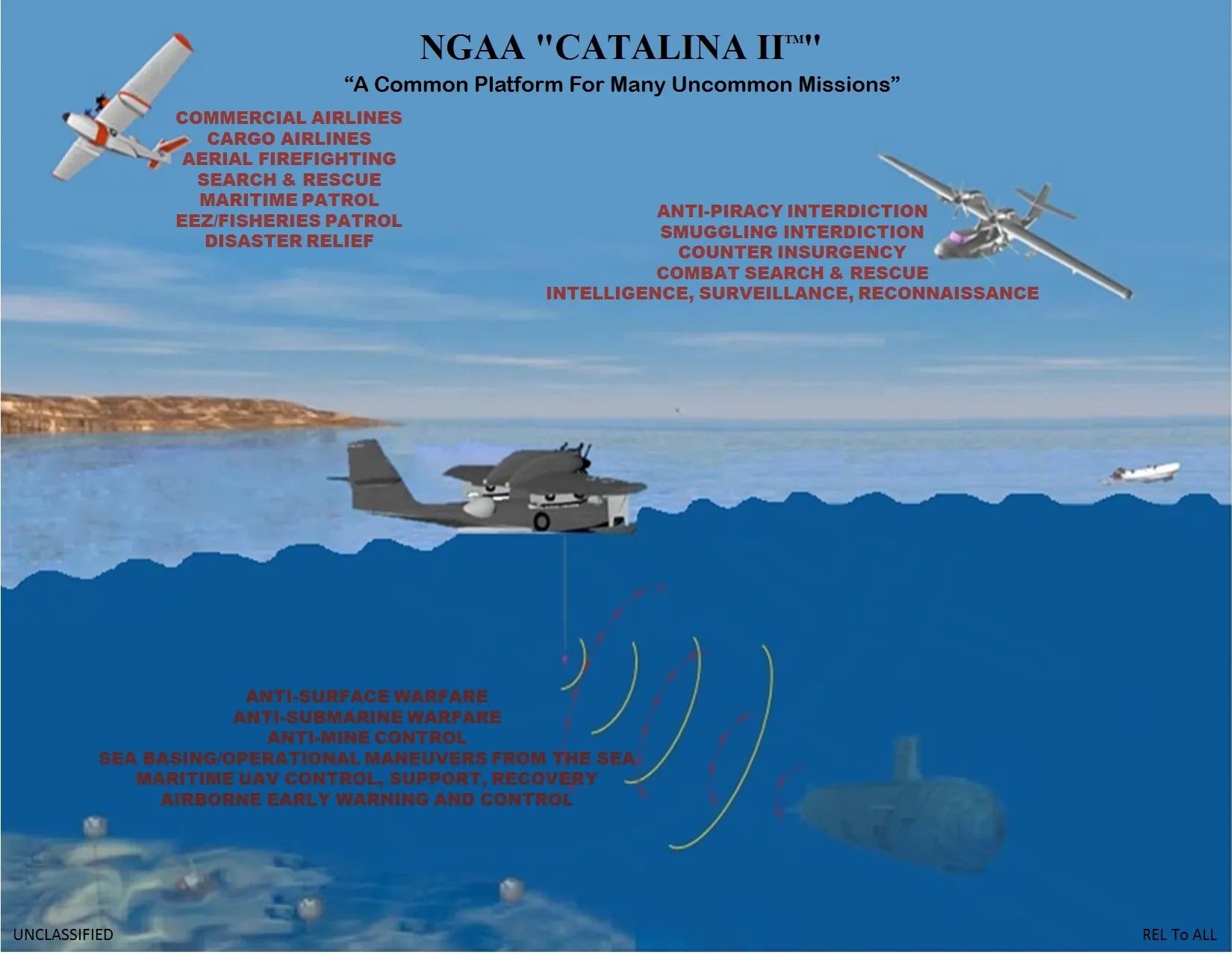
 catalinaaircrafttrust.com
catalinaaircrafttrust.com
The available images are not terribly clear, but it looks like they are eliminating the wing bracing struts along the way. The whole premise seems iffy to me, but that bit scares me. Those struts are there for a reason, and taking them off implies a lot more reengineering than should be covered under a 1940s airworthiness document. But perhaps someone with more experience in this realm can correct me.




CATALINA AIRCRAFT
Catalina Aircraft - Providing worldwide continued airworthiness support for the PBY-5A and 28-5ACF Catalina / Canso amphibious seaplanes.
 catalinaaircrafttrust.com
catalinaaircrafttrust.com
The available images are not terribly clear, but it looks like they are eliminating the wing bracing struts along the way. The whole premise seems iffy to me, but that bit scares me. Those struts are there for a reason, and taking them off implies a lot more reengineering than should be covered under a 1940s airworthiness document. But perhaps someone with more experience in this realm can correct me.
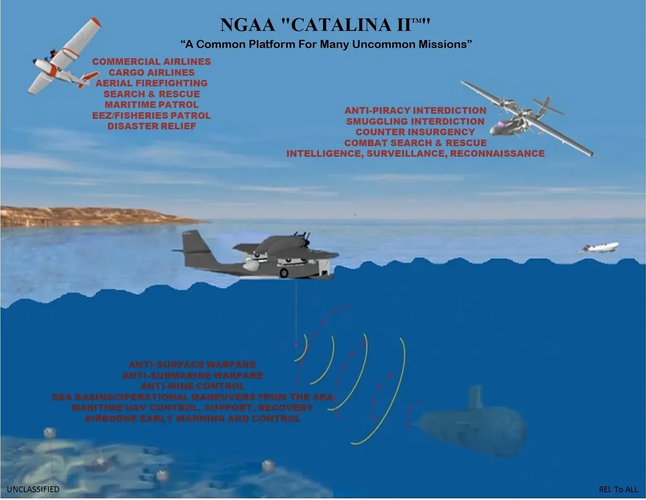
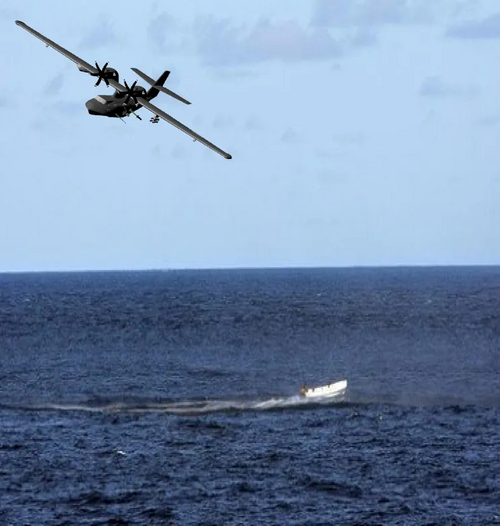
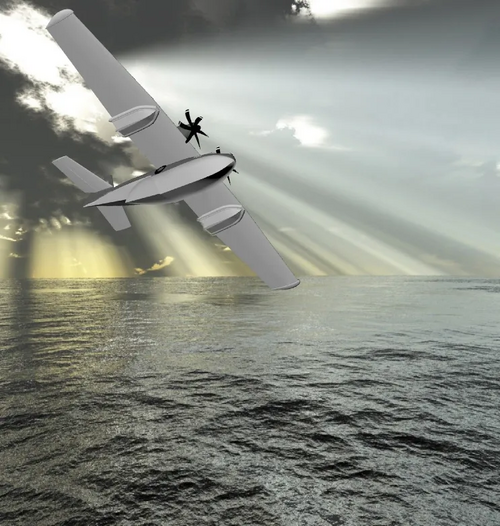
Last edited:

